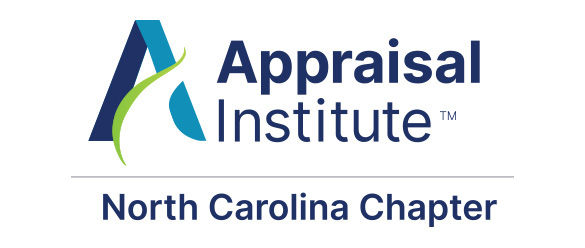Many CRE Firms Among Businesses Rethinking, Repurposing Office Space, Survey Reveals
Originally published on November 30, 2021, by Patrick Sisson for Bisnow National.
A majority of commercial real estate employees expect to be working “completely or partially virtually going forward,” according to a new survey and report released by Deloitte.
